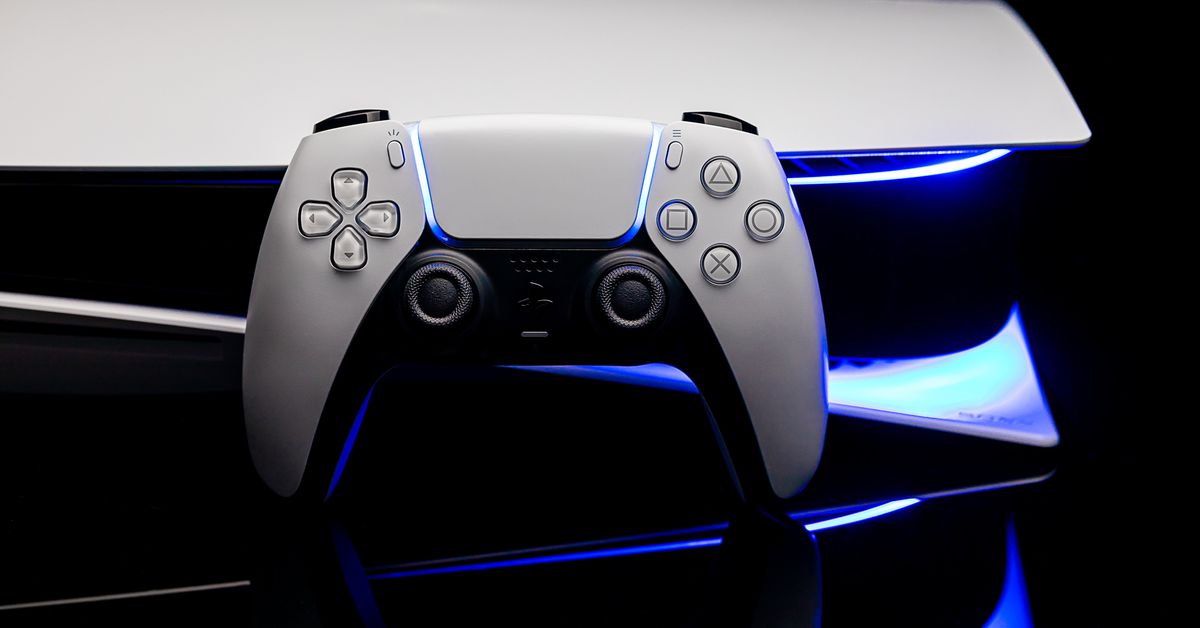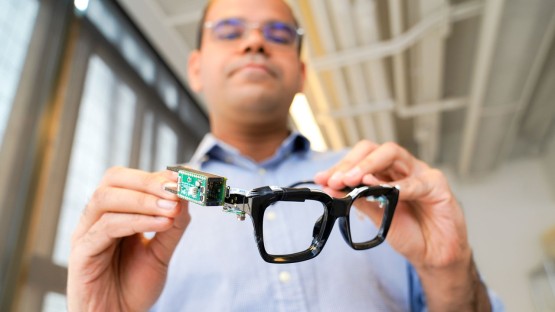

- Pokemon Ruby and Sapphire
- Pokemon LeafGreen and FireRed
- Kingdom Hearts: Chain of Memories
- Castlevania: Harmony of Dissonance
- Legend of Zelda: Oracle of Seasons & Oracle of Ages (initially released for Game Boy Color, but it works just the same on the Advanced)










